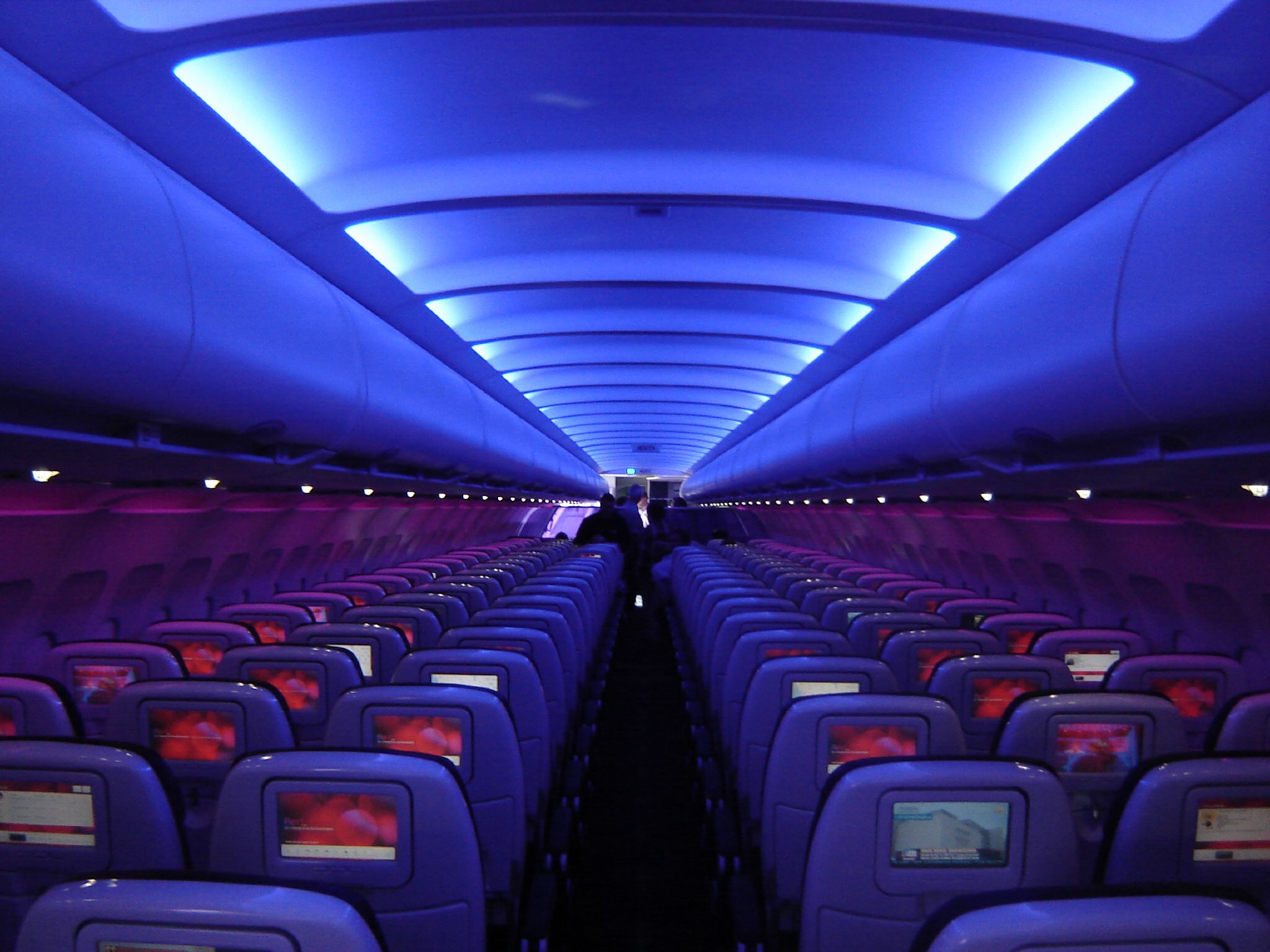Five years ago Virgin America began operating flights in the U.S. As another endeavor of billionaire entrepreneur Richard Branson, Virgin America is privately owned. Similar to most of Branson’s Virgin companies, Virgin America is quite unorthodox. Their main cabin features “mood-lighting” and each seat back has a touch-screen device; all this for a low-cost carrier.

A report that compared America’s 14 largest carriers found that Virgin America served its’ customers best last year. The criteria was based on on-time arrivals, mishandled bags, consumer complaints and passengers who bought tickets but were turned away because flights were over booked. In the 23 years that Wichita State University in Kansas and the University of Nebraska at Omaha have tracked the performance of airlines this has been the second best year overall. The airline’s best year was 2011.
The U.S. airline industry is continually becoming more competitive. Since 2001, a wave of airline mergers has consolidated the industry. In 2008-2010 Delta Airlines merged with Northwest Airlines and kept their name. 2010-2012 brought the merger of United and Continental, which the two are still working out merger issues as evidenced by their last place rating in the report. Finally, just this year US Airways and American Airlines announced their merger, creating the largest carrier in the world.
Airlines have strategically dealt with the increased competition through many cost cutting maneuvers. Additional fees, such as a checked bag fee, are common among almost all U.S. carriers. Airlines are also cutting down the amount of routes they fly, continually overbooking flights, and fitting more people on airplanes by reducing seat space.
Despite these changes and the displeasure it brings, the airline industry is improving. Led by Virgin America, we are seeing airlines differentiating themselves by understanding their customer better. Similar to our learning activities in class, airlines have learned the importance of understanding customer expectations and managing them better. Virgin America’s mood-lighting appeals to it’s younger customer base, a result of being a low-cost carrier. Even more, the touch screens found in every seat back demonstrate Virgin’s ability to understand the needs of their customer. We live in a constantly connected world, albeit this connectivity does not permeate the many hours we spend in the air. This year Virgin will update their “Red” software that runs on the touch-screens, which will bring the ability to surf the internet while flying.
Virgin is just one example of airlines differentiating themselves by listening to customers. For example, JetBlue understands that customers are no longer willing to give up their flight for cash due to overbooking, a common practice among airlines. Last year, JetBlue involuntarily denied boarding to only .01 people per 1,000 passengers, the best rate in the report.
How else are airlines improving service quality despite handling increased competition? What changes have you noticed that demonstrate airlines are making adjustments to service based on customer feedback?
Huffington Post wrote a good article on the report. You can find it here.